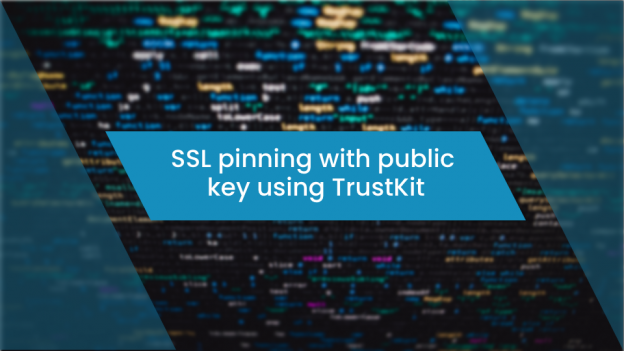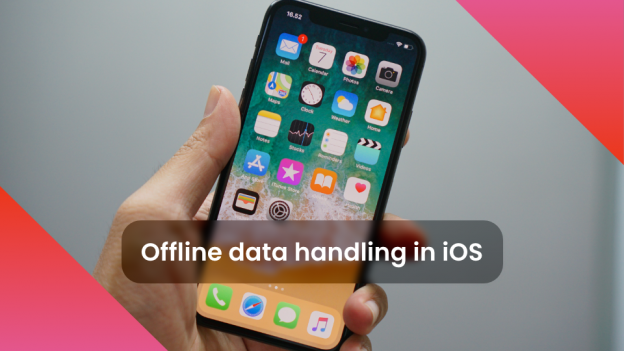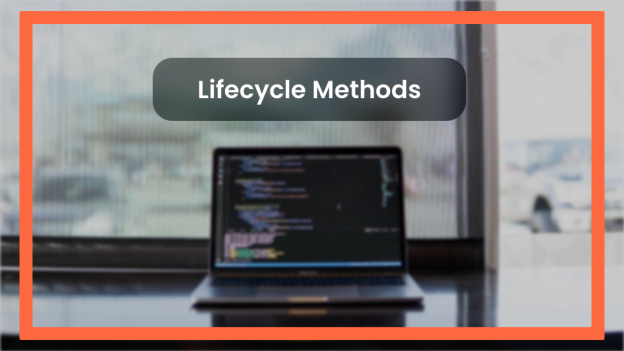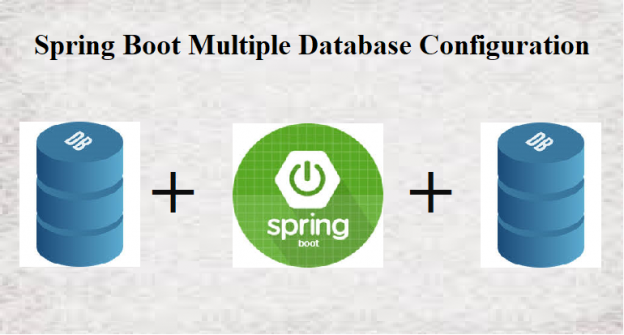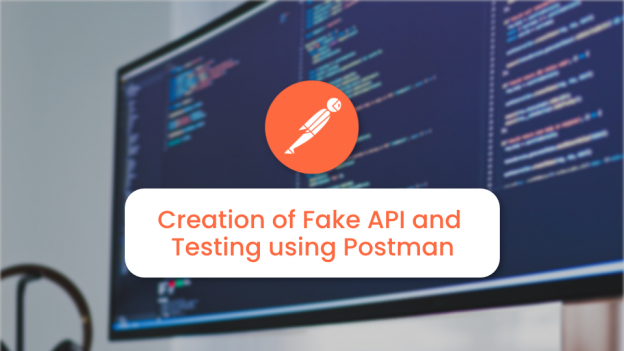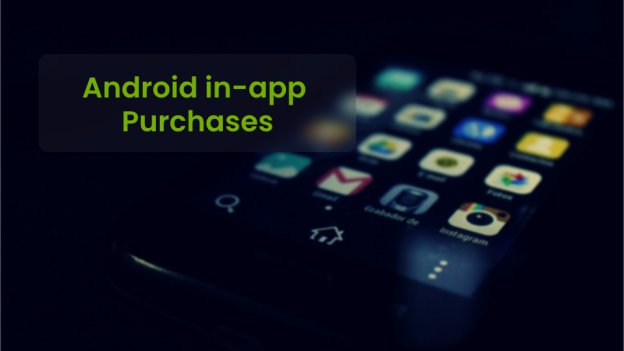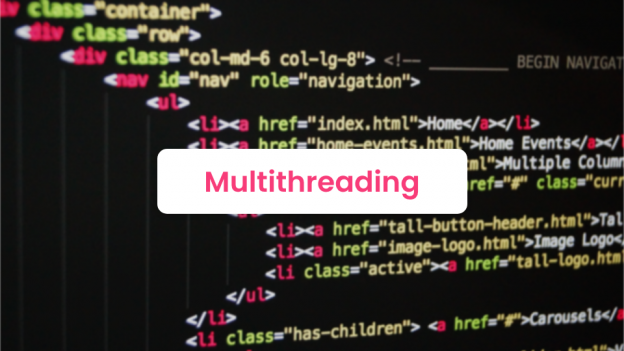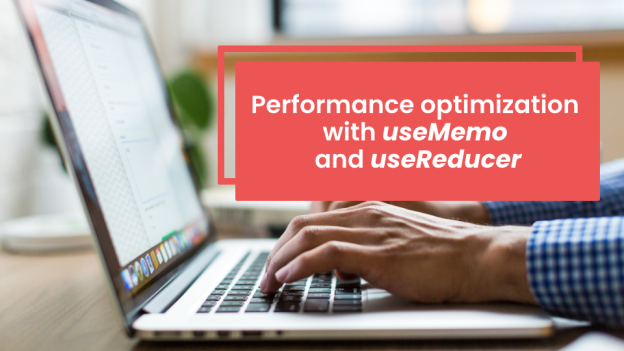
Performance optimization with useMemo and useReducer
React Hooks introduced some memory optimization hooks to improve performance. Data Hooks are hooks which store data. You store data that the specified portion of the UI specifically relies on for visual changes and memoize/cache data that a given portion UI don’t directly rely on for visual changes. Storing is different from memoizing/caching. There’s a Continue Reading »
 End to End Technology Solutions
End to End Technology Solutions
